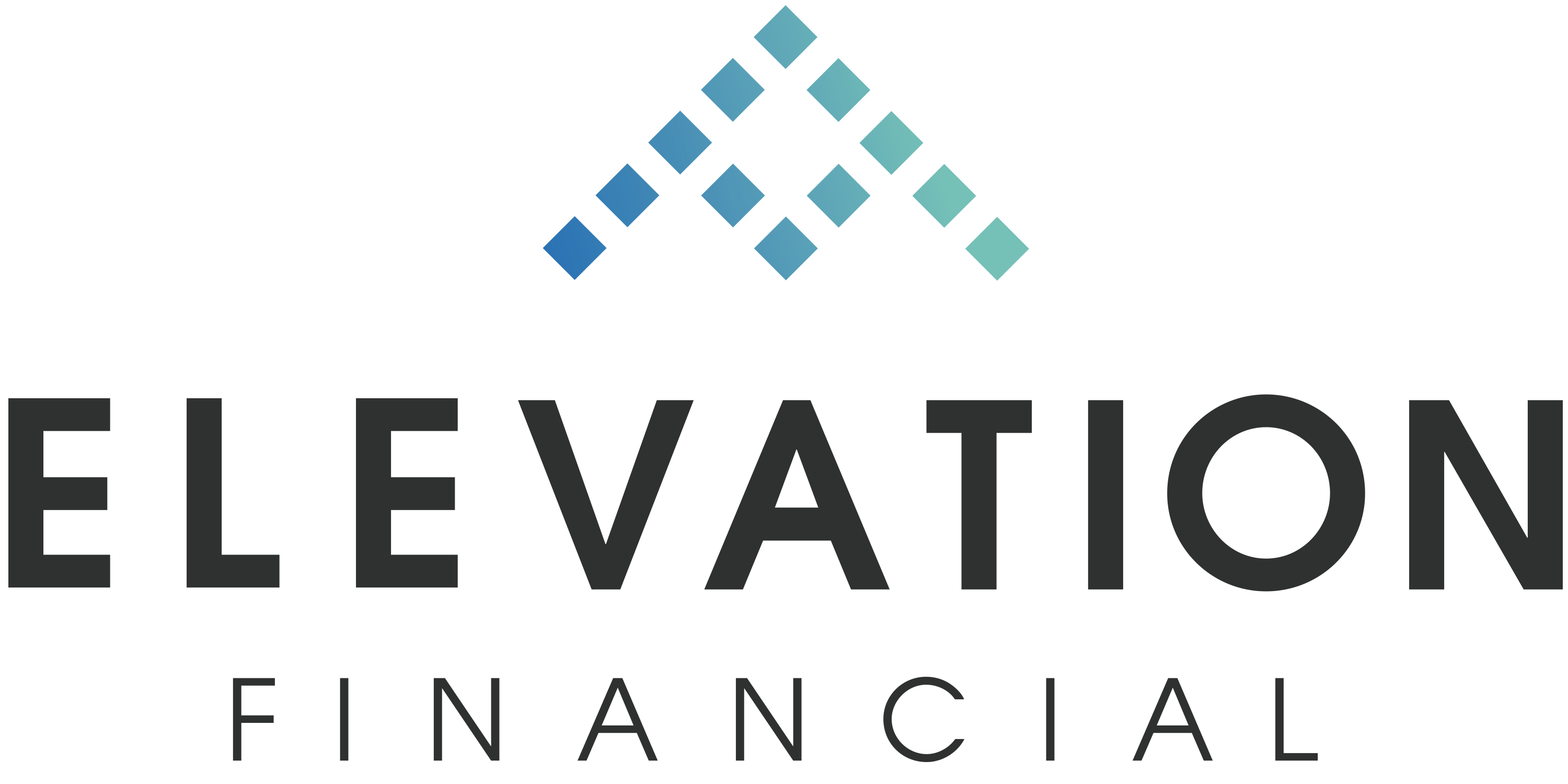
Share this Post
Subscribe

Need help with your money or investments? Book a consultation to learn more about working together.
What Does it Mean to "Pay Yourself First?"
[Prefer to listen? You can find a podcast version of this article here: E170: What Does it Mean to "Pay Yourself First?"]
Personal finance is full of jargon, rules of thumb, and pithy sayings that are meant to inspire and educate.
Sometimes these sayings are helpful and sometimes not. Often they are not universally applicable but they can make sense in the right context.
One phrase that you’ve probably heard is “pay yourself first.”
The origin of the phrase "pay yourself first" (or PYF) is unclear. It is widely credited to the personal finance expert and author, Robert Kiyosaki (no affiliation or endorsement implied), who popularized the concept in his book "Rich Dad Poor Dad." However, the idea has been around for much longer, and similar phrases have been used by financial advisors for decades.
So what does it mean to pay yourself first and more importantly, is it a good idea?
Paying Yourself First
Put simply, "paying yourself first" means prioritizing saving and investing for your own financial goals before paying for your expenses and bills. It's a budgeting strategy where a portion of your income is automatically saved or invested before you spend it on other things. This helps ensure that you're consistently saving and investing for the future, rather than only saving what's left over after spending.
The concept of “reverse budgeting” is a form of PYF.
For example, let’s say you have a Roth IRA that you would like to invest in. A real-world example of paying yourself first is setting up an automatic savings plan where a portion of your income is directly transferred into the Roth IRA each time you receive your paycheck.
For example, if you earn $5,000 per month and decide to pay yourself first by setting aside $500 of your income, that amount would automatically be transferred into your Roth IRA before spending it on other expenses. This ensures that you consistently invest for your financial goals, rather than only saving what's left over after spending.
If you have a 401(k) at work that you are contributing to, you are already paying yourself first. The amount you are contributing to your 401(k) is being taken out before your paycheck even hits your bank account. This you are “paying yourself first” before you use the money for other things.
Sounds useful, right? Well, it’s harder than it seems. Outside of the 401(k) example, many people find it difficult to set aside money for investing first. There are various reasons for this, some practical, some behavioral.
It’s very common for many to pay bills first, then use the money for discretionary spending, and then wind up with nothing left for investing or retirement savings.
Advantages of Paying Yourself First
So what are some advantages of paying yourself first?
- Building savings and wealth: By making saving and investing a priority, you can build your savings and wealth over time.
- Improving financial discipline: By automatically transferring a portion of your income into savings or investment accounts, you can develop a habit of consistently saving and investing.
- Avoiding lifestyle inflation: By paying yourself first and increasing your investing in proportion to income, you can avoid increasing your spending as your income increases, which can help you avoid lifestyle inflation and keep more of your income.
- Prioritizing financial goals: By paying yourself first, you make your financial goals a priority, which can help you stay focused on achieving them.
- Reducing stress: By consistently saving and investing, you can reduce stress and increase financial security, knowing that you've made your future security a priority.
Disadvantages of Paying Yourself First
What about the disadvantages? Everything has a downside, right? Disadvantages of paying yourself first can include:
- Reduced disposable income: By setting aside a portion of your income for savings or investments, you may have less money available for immediate expenses or discretionary spending.
- Difficulty adjusting to a lower budget: For people who are used to spending a large portion of their income, adjusting to a lower budget by paying yourself first can be difficult.
- Limited access to funds: Depending on the type of investment or savings account you use, you may face penalties or restrictions for accessing your funds before a certain date or for a specific purpose.
Should You Pay Yourself First?
As always, personal finance is not one-size-fits-all. What works for one person may not work as well for another.
Generally, the “pay yourself first” method benefits those who struggle with traditional budgeting. If you have trouble tracking your spending and sticking to a budget, then setting aside your retirement savings and investing first can be a great way to overcome this challenge. It “forces” you to prioritize your future goals.
On the other hand, those who budget carefully and give every dollar a purpose tend to have more success sticking to savings and investing goals. In these cases, the PYF method may not be necessary.
If you find yourself struggling to consistently stick to savings and investing goals, try paying yourself first by timing all your contributions to transfer on the days you get paid. This simple change could go a long way toward helping you stay on track toward your goals.
